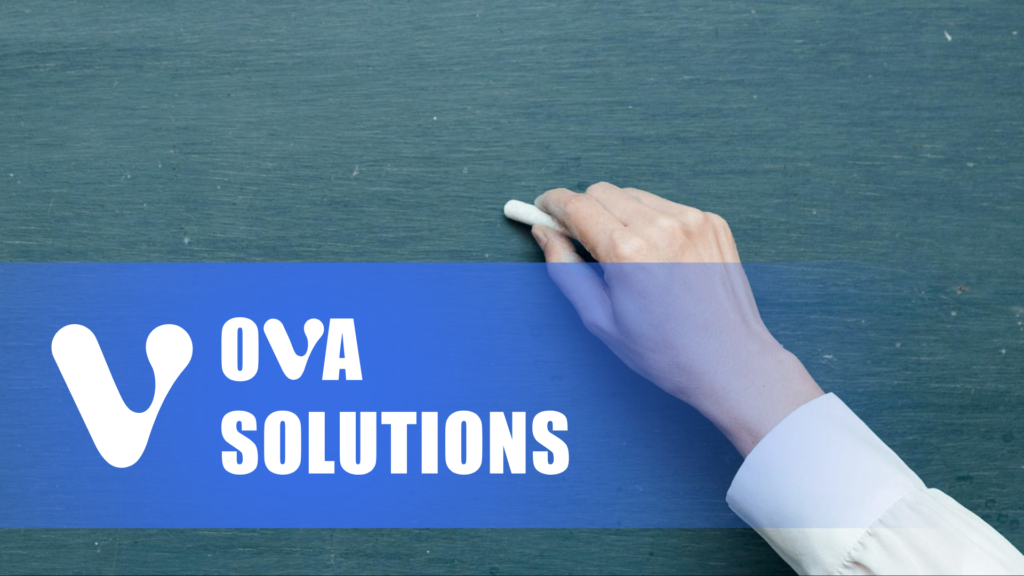Table of Contents
The truth most MedTech teams learn too late?
You don’t scale by hiring a factory. You scale by building control — and that starts with the right product design consultant.
At OVA Solutions, we’ve worked with MedTech companies who went from fast prototype to production disaster — all because they didn’t know how to design for independence. Their product worked. Their supplier didn’t.
That’s why an expert product design consultant isn’t just a CAD contractor — they’re your insurance policy against supply chain lock-in, regulatory delays, and reengineering costs.
If you’re ready to move past OEM dependency, these are the 5 steps you must execute — not guess at.
Why Independent Manufacturing Requires a System — Not a Vendor
Independent doesn’t mean you do everything yourself. It means you control everything critical: specs, process, quality, and traceability.
The best product design consultant starts from the end — what must be validated, transferred, scaled, and protected — and works backward.
This mindset is the difference between:
- Scaling fast or rebuilding slow
- Passing audits or failing inspections
- Owning your product or renting it from a factory
5 Essential Steps to Set Up Independent Manufacturing Successfully
Here’s what every experienced product design consultant builds into the plan:
🧠 Product Design Consultant: 5 Essential Steps to Set Up Independent Manufacturing Successfully
| Step | What Most Teams Assume | What Actually Happens | Bold, Actionable Advice |
|---|---|---|---|
| 1. Establish a Transfer-Ready Design Stack | “We have a working prototype — now let’s find a factory.” | Most prototypes lack DFM/DFA, validated BOMs, tolerance logic, or regulatory documentation needed to scale. | Redesign for DFM/DFA with specific factory capabilities. Lock tolerances. Annotate drawings with manufacturing assumptions. Create a pre-transfer DMR. |
| 2. Define Facility Requirements & Site Strategy | “We’ll choose a factory that can handle our volume.” | Without clear specs, teams overbuild or under-resource. HVAC, clean zones, ESD control, and inspection spaces are missed. | Build a facility requirement matrix. Specify layout, equipment list, QA zones, staff training protocols, and utility needs. Model workflows in 2D/3D. |
| 3. Build Local Supplier Ecosystem Early | “We’ll buy parts globally and ship to the plant.” | Relying on imported parts delays everything. Local sourcing without validation causes yield loss, incompatibility, or regulatory gaps. | Identify and audit regional suppliers during pre-setup. Build an AltBOM with at least two local options per component. Test logistics under real timelines. |
| 4. Implement a Parallel QA/Traceability System | “We’ll validate once the line is running.” | Without real-time QA and data logging, early batches become unusable for regulatory approval or customer delivery. | Integrate QA checkpoints, traceability tags, and real-time logging from day one. Include IQ/OQ/PQ alignment. Set up cloud-based DMR/DHF systems. |
| 5. Staff for Engineering Control — Not Just Labor | “We’ll train operators and let the line run.” | Without on-site engineers, process drifts, undocumented fixes occur, and continuous improvement stalls. | Hire or embed process engineers who oversee SOPs, handle deviations, and document every tweak. Define escalation workflows and feedback loops. |
The Hidden Costs of Skipping These Steps
We’ve seen companies invest millions into machinery, only to discover:
- Their design wasn’t reproducible at scale
- Their cleanroom wasn’t compliant
- Their QA logs weren’t regulator-ready
- Their operators didn’t know how to fix first-batch failures
And all of it was preventable — with the right product design consultant and the right process.
How OVA Sets Clients Up for Ownership
At OVA Solutions, we embed independence into every layer of our product design consultant work:
- CAD and firmware designed for portability and auditability
- Process plans aligned to FDA/CE manufacturing expectations
- Supplier strategies that work under pressure — not just on paper
- QA and traceability systems you can export and defend
Whether you’re scaling to 10,000 units or launching your first compliant batch, our goal is the same: control without compromise.
Because real success in MedTech isn’t just getting to production — it’s staying there without getting stuck.
6 Questions Every MedTech Team Should Ask Before Scaling
✅ Is our design stack truly transfer-ready?
✅ Can we build without relying on one factory or vendor?
✅ Are our QA and traceability systems aligned with regulators?
✅ Have we validated our local suppliers beyond cost and lead time?
✅ Does our manufacturing plan scale past 1,000 units?
✅ Is a product design consultant guiding us — or are we guessing?
If you’re hesitating — you already know the answer.
What You Get With OVA
When you work with OVA Solutions as your product design consultant, you don’t get just a CAD file.
You get:
- A plan for manufacturing independence
- Tools that scale and comply
- Systems you control — not ones that control you
Let’s build your next phase with confidence, not dependency.

Ready to Build Your Own Manufacturing Capability?
If you’re serious about owning your roadmap — not renting it — we should talk.
At OVA Solutions, we help MedTech teams move from prototype to production — with the design, systems, and support to stand on their own.
📅 Book a call with our CEO: https://calendly.com/lisa-voronkova/30min



 430 Park Ave, New York, NY 10022, USA
430 Park Ave, New York, NY 10022, USA Paevalille tn 6, Office 84, Estonia, Tallinn, 13517
Paevalille tn 6, Office 84, Estonia, Tallinn, 13517 Barykadna St 7, Dnipro, Ukraine, 49000
Barykadna St 7, Dnipro, Ukraine, 49000